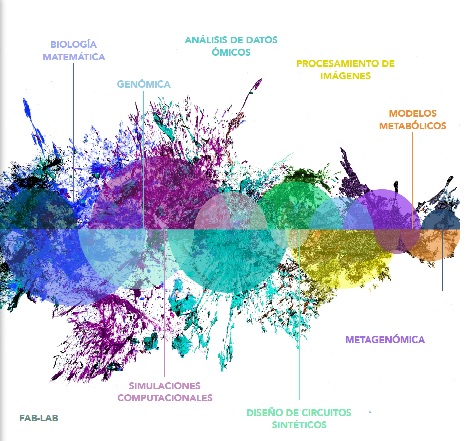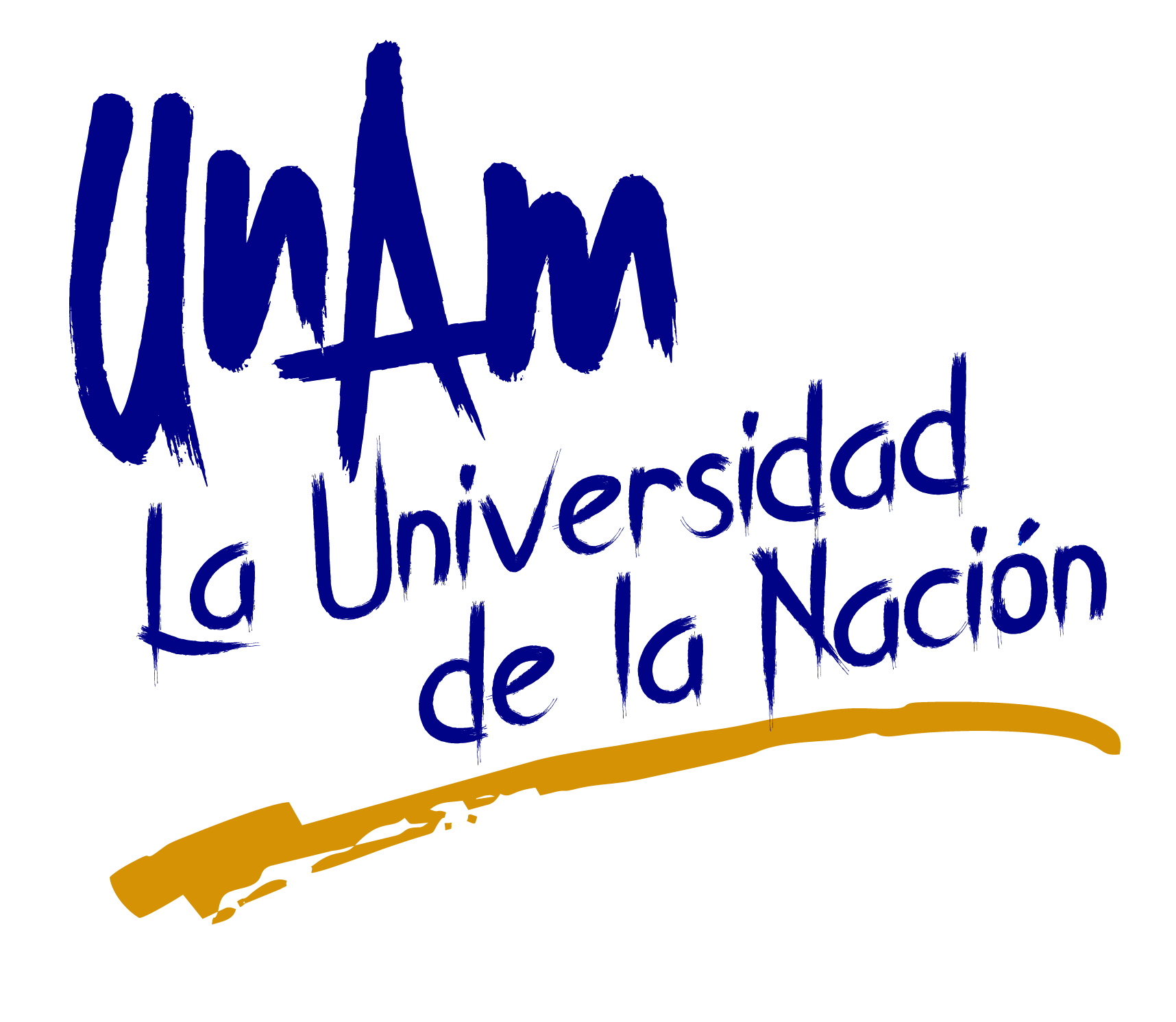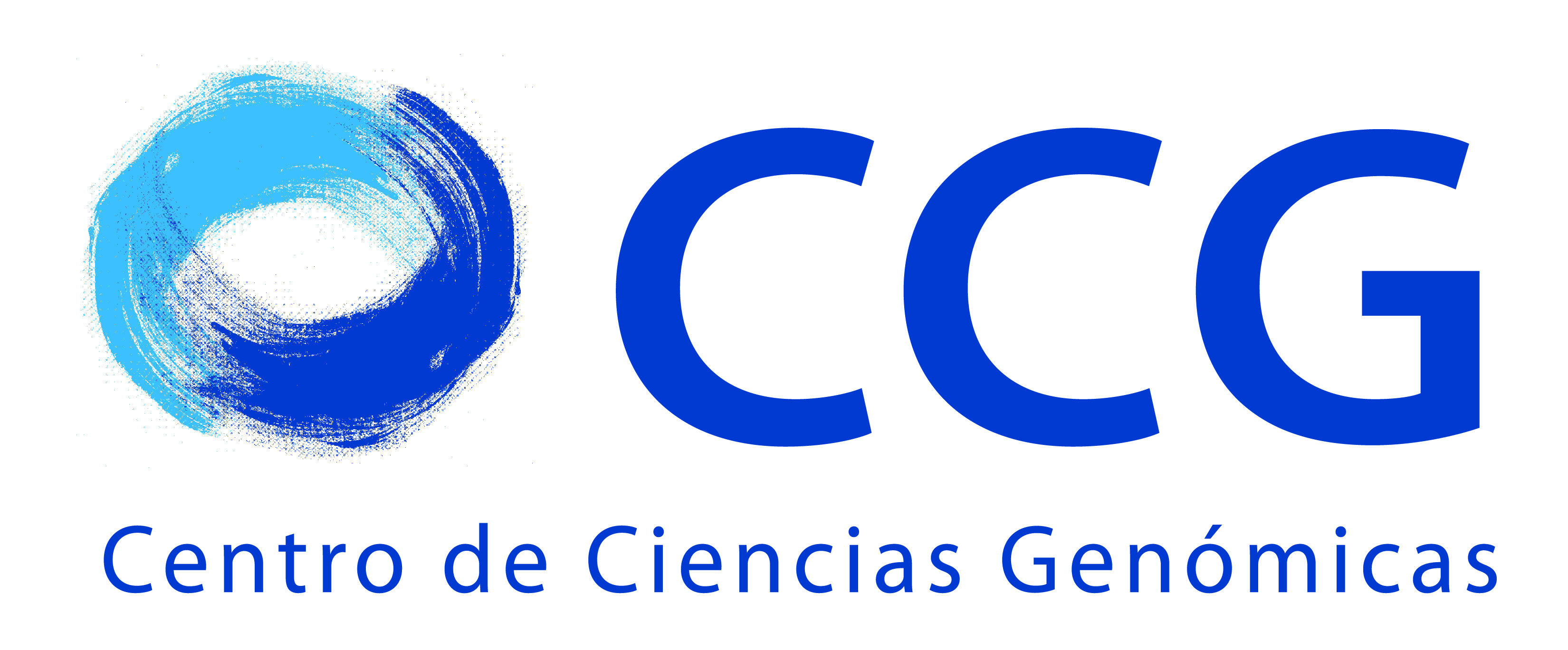Biosynthesis of choline-derived bacterial cell surface components...
Biosynthesis of choline-derived bacterial cell surface components: an essential requirement for the success of many pathogenic bacteria
Principal investigator: Otto Geiger
Eukaryotic signalling provides free choline in body fluids of higher organisms that can be used by bacteria forming symbiotic or pathogenic interactions with eukaryotes. Choline can be incorporated into membrane lipids by phosphatidylcholine synthase and the importance of this new biosynthetic pathway has been evaluated in the tick-transmitted agent of Lyme disease Borrelia burgdorferi and the opportunistic pathogen Pseudomonas aeruginosa . Pathogens entering their hosts through epithelia require phosphocholine substitutions on their cell surface components that are derived from choline of the host. The incorporation of choline seems to proceed via choline phosphate and CDP-choline as intermediates, however, the details of these biosyntheses are not understood and are elucidated, presumably leading to the discovery of novel choline-utilizing biosynthesis pathways in pathogenic bacteria. The potential role of choline functioning as a "eukaryotic" signal to bacteria is evaluated.









